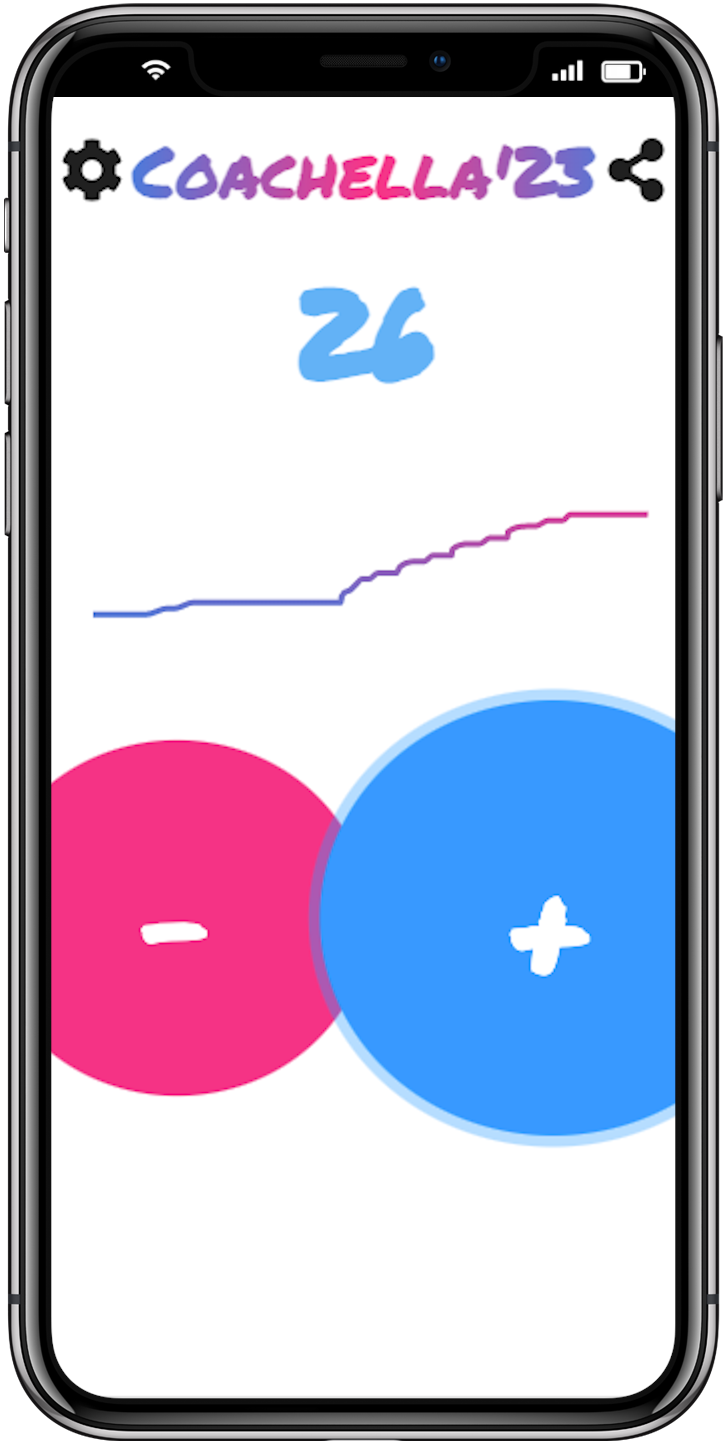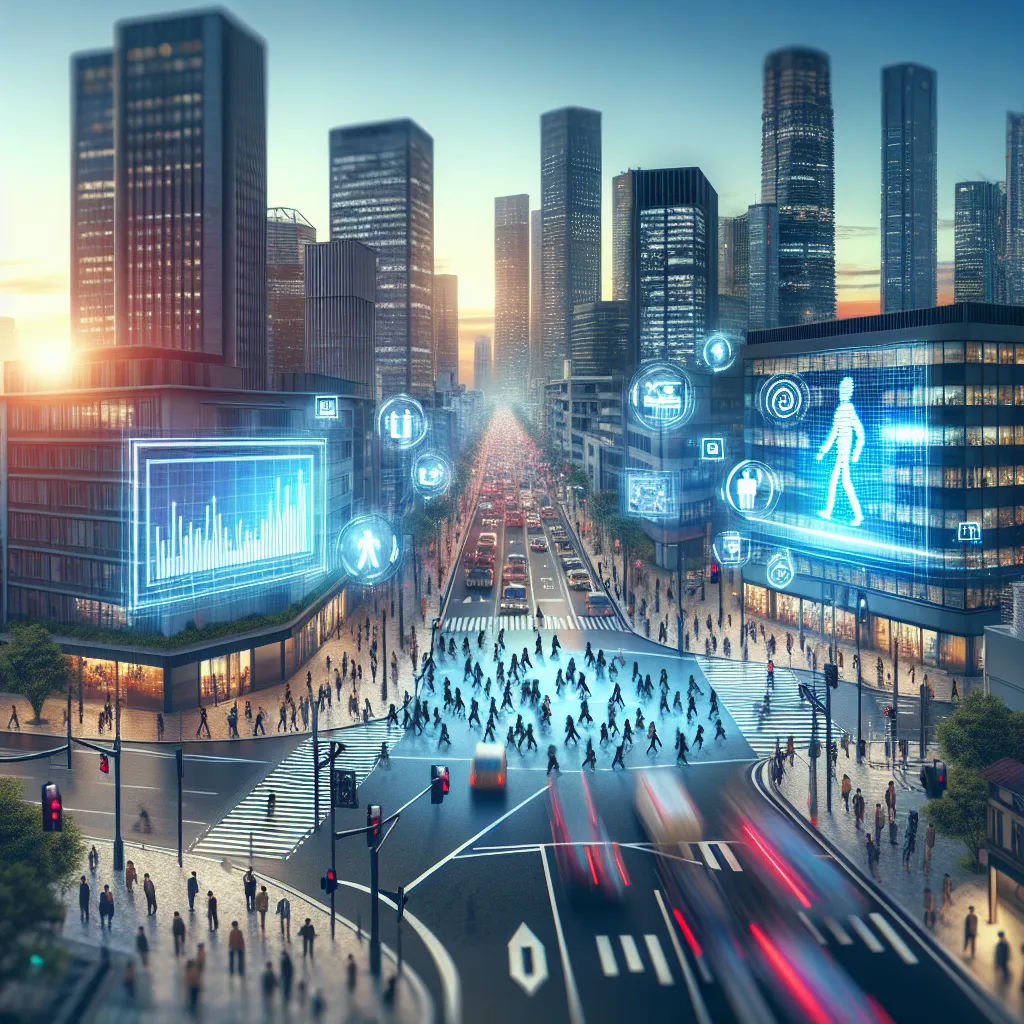Unlocking the Future: A Comprehensive Guide to Technologies in People Counting
In today’s fast-paced world, understanding foot traffic and occupancy levels is crucial for a variety of industries ranging from retail to transportation. This comprehensive guide aims to walk you through the cutting-edge technologies in people counting, providing valuable insights into making informed decisions for your business or service.
What is People Counting?
People counting refers to the process of quantifying the number of individuals that enter, exit, or occupy a given space. The technology behind this process has evolved significantly, offering a range of methods to suit different environments and accuracy needs.
Why People Counting Matters
Understanding the flow and volume of people through a space can offer numerous benefits:
- Optimized Staffing: Knowing peak hours can help in better staff allocation.
- Improved Customer Experience: Provides insights for layout optimization.
- Resource Management: Ensures efficient use of resources like lighting and HVAC.
Modern Technologies in People Counting
There are several advanced technologies used in contemporary people counting systems. Let’s explore some of the most effective options available:
1. Infrared Sensors
Infrared sensors work by detecting the presence of body heat as individuals pass through a designated area. These sensors are relatively low-cost and easy to install.
- Pros: Economical, simple installation.
- Cons: Limited to counting entrances and exits; not effective in low-temperature environments.
2. Video Analytics
Video analytics deploy cameras equipped with software that analyzes footage in real-time to count people.
- Pros: High accuracy, can cover large areas.
- Cons: Requires significant data storage, higher initial investment.
3. Wi-Fi and Bluetooth Tracking
These systems track mobile device signals to estimate the number of people within a specific location.
- Pros: Can track movement over large areas, provides data on dwell time.
- Cons: Relies on the presence of active devices, privacy concerns.
4. Ultrasonic Sensors
Ultrasonic systems emit sound waves and measure their reflection to count individuals.
- Pros: Works in various conditions, high accuracy.
- Cons: Can be expensive, potential interference from environmental noise.
5. LiDAR (Light Detection and Ranging)
LiDAR uses laser sensors to create a three-dimensional image of the environment, detecting and counting people within it.
- Pros: Extremely high accuracy, real-time data.
- Cons: High cost, complex installation.
Choosing the Right Technology
The choice of technologies for people counting depends on several factors:
- Environment: Consider indoor vs. outdoor, lighting conditions, and foot traffic levels.
- Budget: Weigh the upfront costs against the long-term benefits.
- Accuracy Requirements: Some applications might require more precision than others.
- Privacy Concerns: Ensure compliance with data protection regulations.
Future Trends in People Counting Technologies
As the demand for precise people counting continues to grow, so does the innovation in this field. Some of the future trends to watch out for include:
- AI Integration: Enhanced accuracy through artificial intelligence.
- Edge Computing: Reduced latency and improved performance.
- IoT Connectivity: Seamless integration with other smart systems for comprehensive data analytics.
Conclusion
Understanding and implementing the right technologies in people counting can be a game-changer for your business. By assessing your specific needs and evaluating the pros and cons of each technology, you can make an informed decision that will optimize operations and enhance customer experiences.
Investing in advanced people counting solutions not only provides valuable data but also empowers you to make strategic decisions that drive growth and efficiency. By keeping an eye on emerging trends and maintaining a flexible, informed approach, you’ll be well-equipped to meet the demands of a dynamic future.




